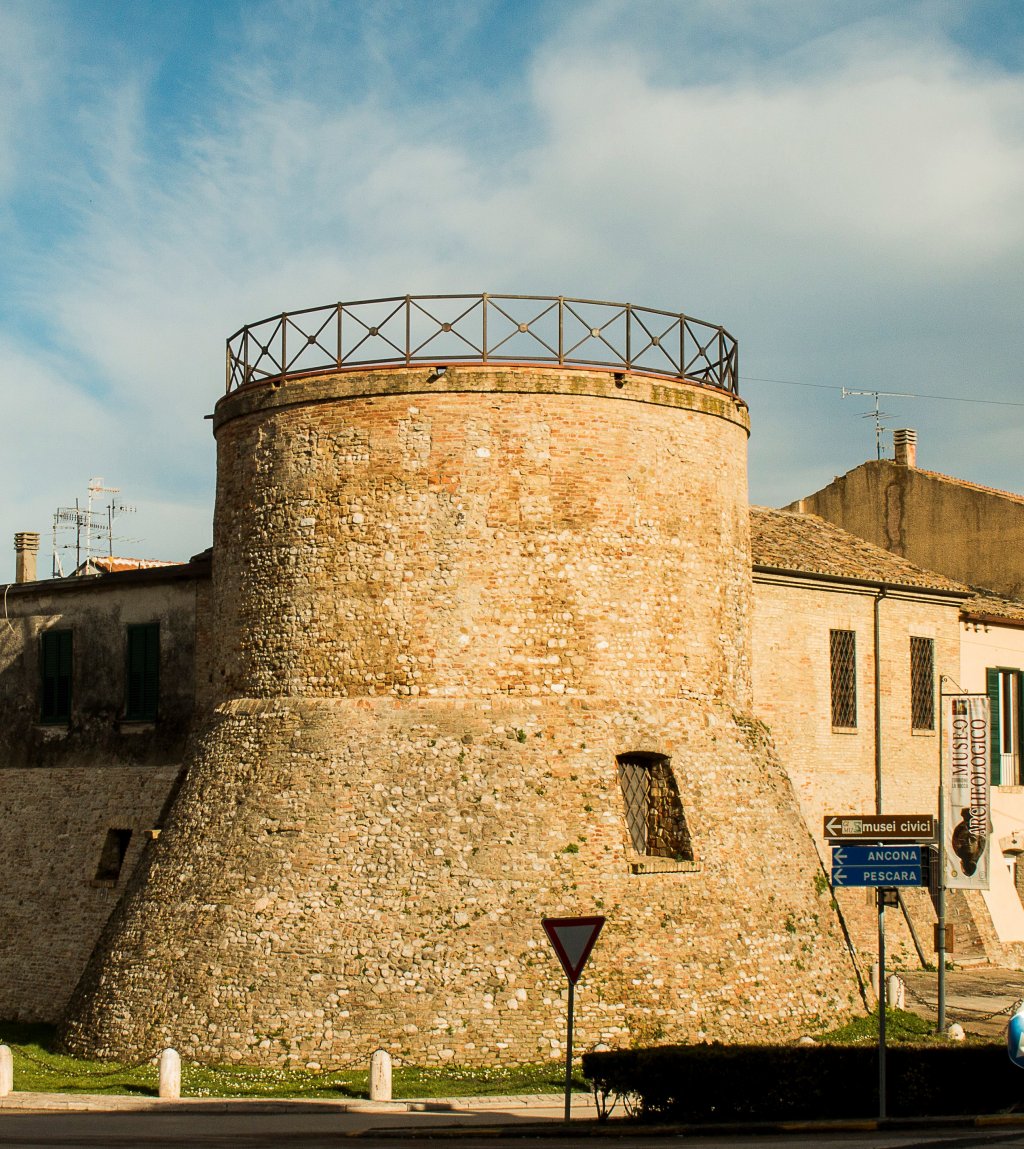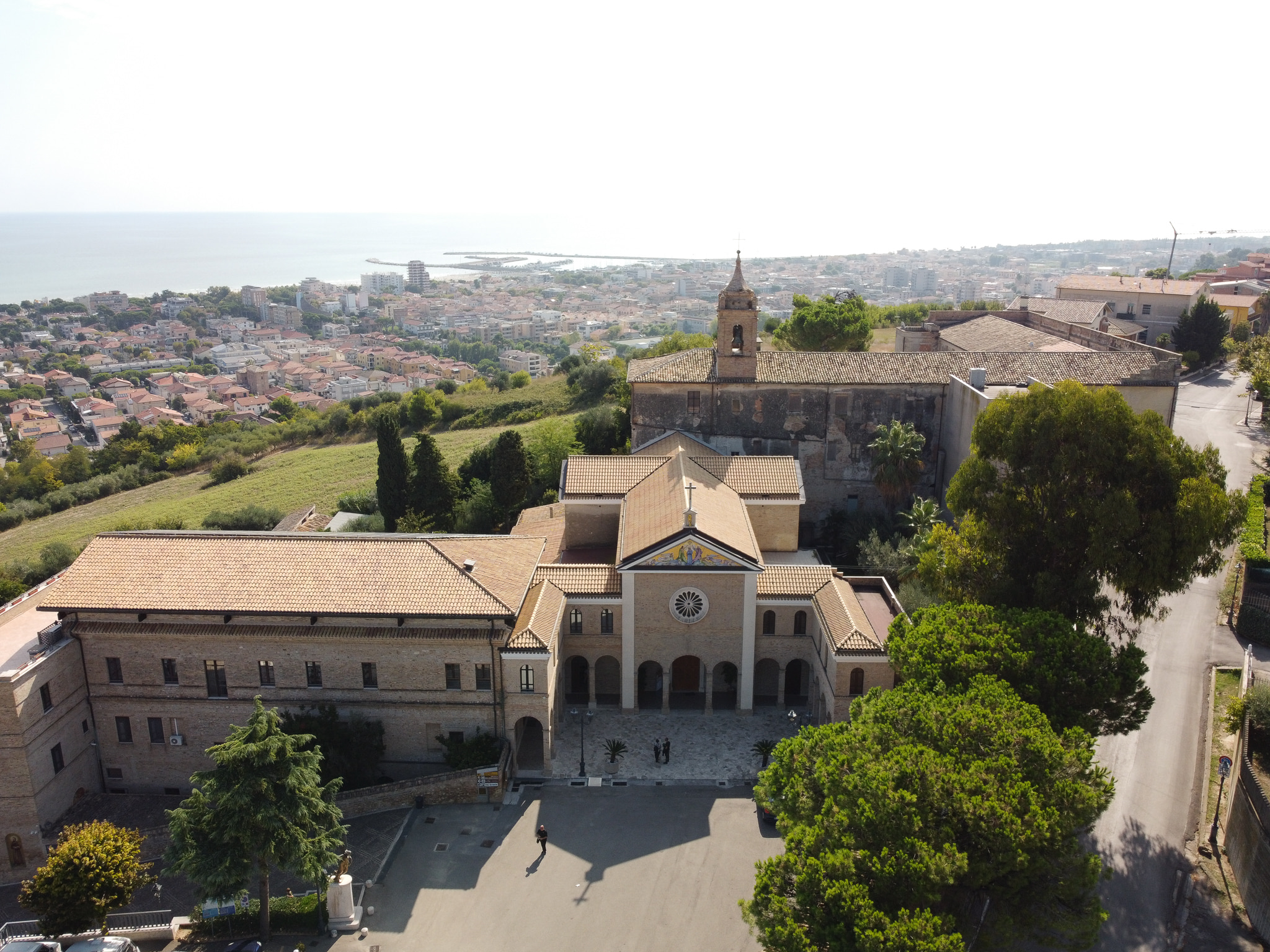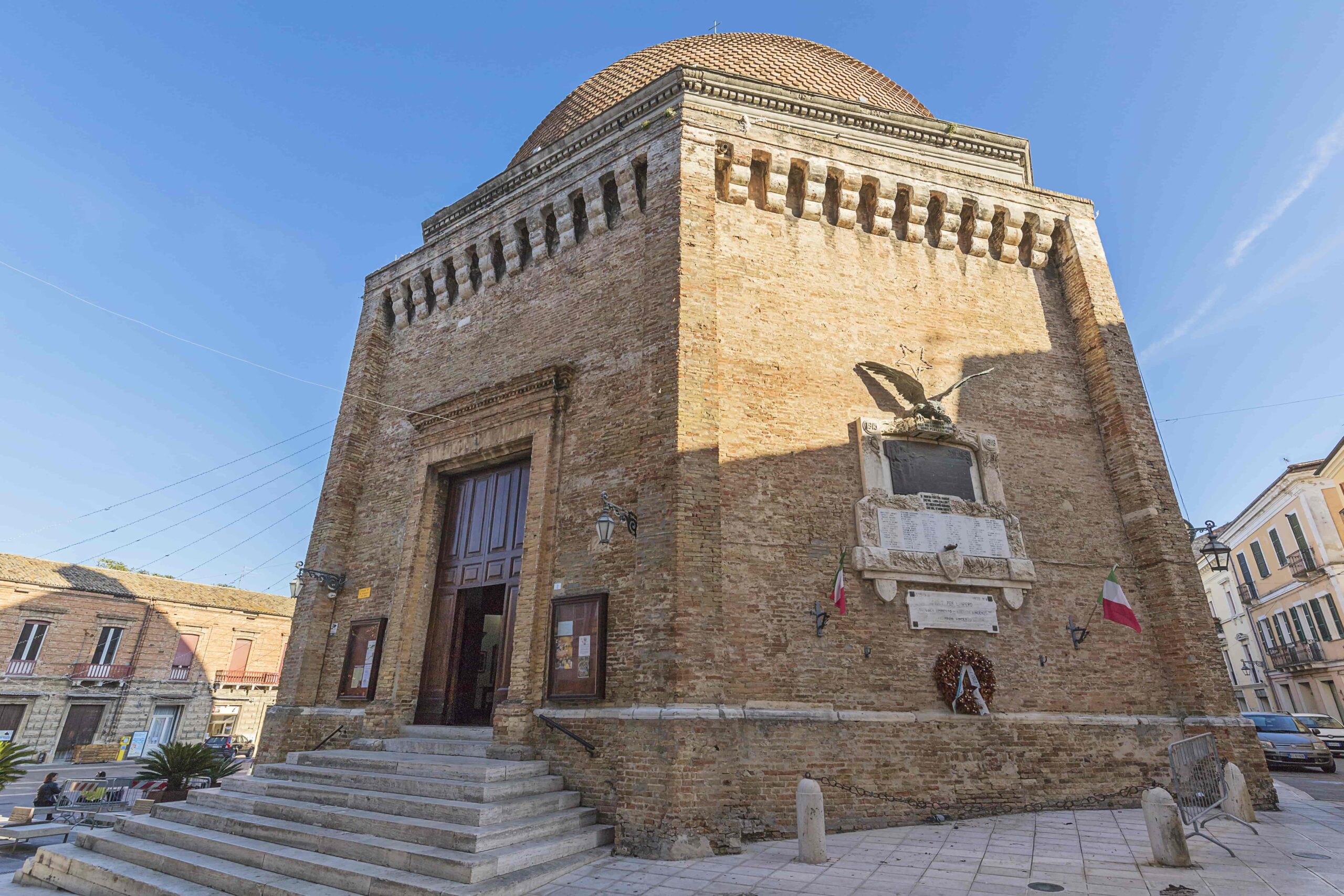Known in the Middle Ages as Castel San Flaviano, in the 14th century it became a fief of the Acquaviva family. It was destroyed during the war for the crown of the South, so a new city was rebuilt, further north and up, at the behest of Duke Giulio Antonio Acquaviva, hence the name of Giulianova.
An interesting account of its origins can be found in the “Torrione La Rocca” Archaeological Museum, in the highest tower of the ancient stronghold, which preserves evidence of the Roman city of Castrum Novum Piceni, founded around 290 B.C. on a pre-existing settlement: amphorae, pottery and objects from burials are on display.
The Museum is part of the Polo Museale Civico, as well as the Pinacoteca Bindi, which is well worth a visit. Historian and scholar, Vincenzo Bindi was a reference point for the Abruzzo and the south. On his death, the house and private collection were donated to his beloved city: it houses over 5,000 books from his library and 400 works by Neapolitan school and Abruzzo artists.
A place full of significance is the Sanctuary of Madonna of Splendore, where every year on 22 April the people of Giulianova celebrate the apparition of the Virgin Mary, which occurred to a farmer named Bertolino in 1557, according to tradition.
But the symbol of the city is definitely the Cathedral of San Flaviano, whose construction began between 1472 and 1481 and was completed in the early 16th century. Characterised by a high semi-spherical dome, it is considered the first octagonal church in Abruzzo and is dedicated to the Patriarch of Constantinople, whose remains landed in 1004, possibly due to a shipwreck of the ship that was taking them to Ravenna. The interior is particularly evocative, thanks to its clean lines and light coming from the lantern Torrione “Il Bianco”, the largest of the remains of the ancient walls.
The port surrounded by beaches is a must-see. Its origin dates back to the Roman era, when Castrum Novum, the ancient settlement, still existed: its maritime and commercial activity is evidenced by the finding of amphorae used to hold goods. The port is still the largest commercial fishing port in northern Abruzzo and a thriving tourist port.
The south pier or “old” port retains all the charm of the sea culture: here you will encounter picturesque “characters” of seafaring among the “caliscendi”, wooden structures overlooking the water, used for small-scale fishing and now become meeting places.
This bond with the sea can also be felt in the kitchen: the brodetto di pesce alla giuliese (fish soup), a masterpiece made with simple ingredients from the catch, with the addition of chili pepper, brings the smell of tradition to the table.










